Growing Swiss Chard might seem intimidating, but trust me, it’s one of the most rewarding and surprisingly easy vegetables to cultivate right in your own backyard! Forget those wilting, overpriced bunches at the grocery store. Imagine stepping outside and harvesting vibrant, nutrient-packed leaves whenever you need them.
Swiss chard has a rich history, dating back to ancient Greece and Rome, where it was valued for its medicinal properties and culinary versatility. For centuries, it’s been a staple in Mediterranean diets, and now, you can bring that same healthy tradition to your table. But why should you bother with growing Swiss Chard yourself? Well, beyond the superior flavor and freshness, think about the satisfaction of nurturing something from seed to table. Plus, it’s a fantastic way to reduce your carbon footprint and connect with nature.
In this article, I’m going to share some simple, yet effective DIY tricks and hacks that will make growing Swiss Chard a breeze, even if you’re a complete beginner. We’ll cover everything from seed starting to pest control, ensuring you have a thriving chard patch all season long. Get ready to unleash your inner gardener and enjoy the delicious rewards!
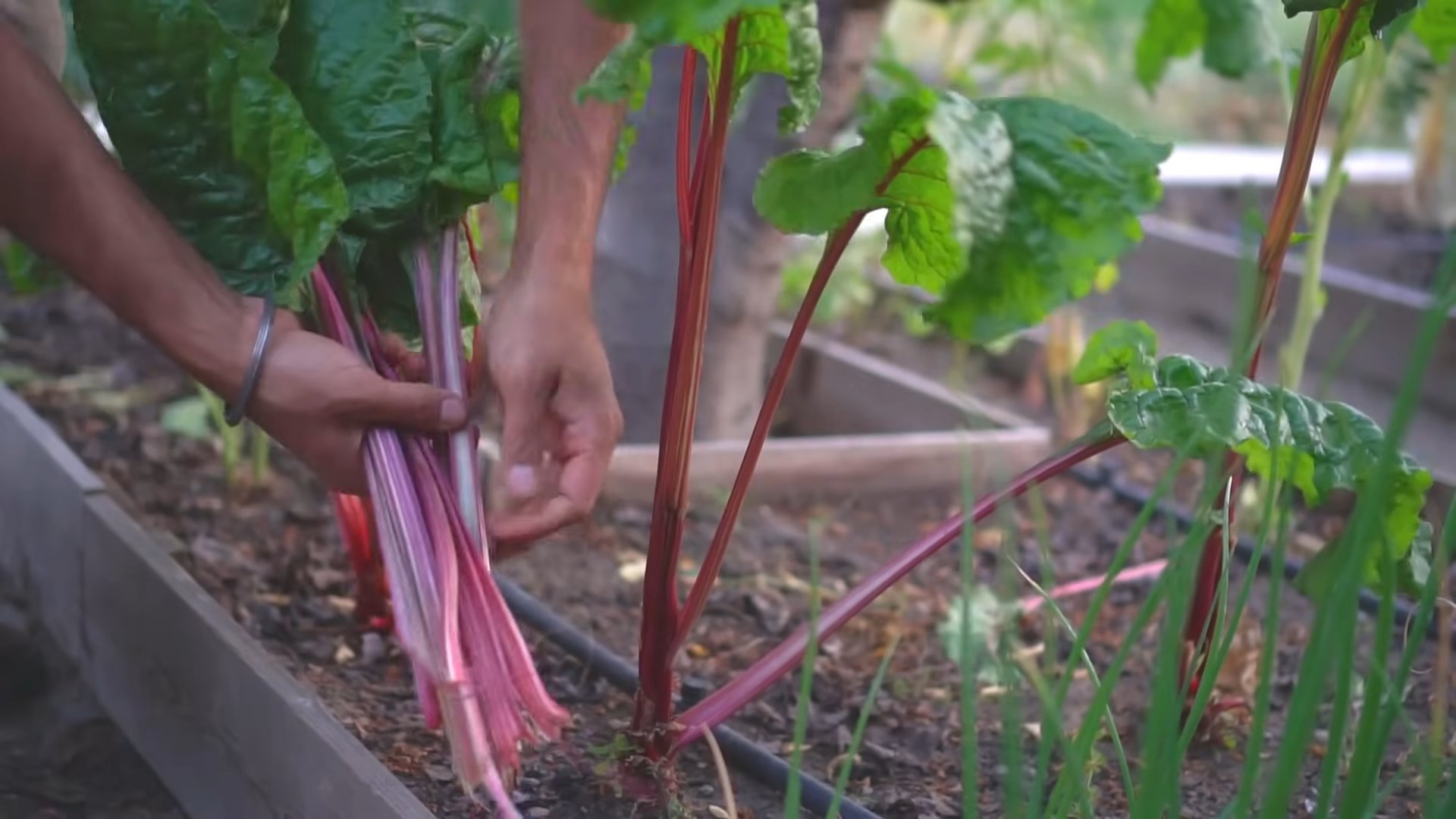
Growing Swiss Chard: A Beginner’s Guide to a Bountiful Harvest
Hey there, fellow gardening enthusiasts! I’m so excited to share my experiences with growing Swiss chard. It’s one of my absolute favorite vegetables to grow – it’s beautiful, nutritious, and surprisingly easy to cultivate, even if you’re a complete beginner. Plus, it keeps producing for months! Let’s dive into how you can grow your own vibrant Swiss chard patch.
Choosing Your Swiss Chard Variety
First things first, let’s talk about variety. Swiss chard isn’t just one thing; there are several types, each with its own unique charm. Here are a few popular options:
- Bright Lights: This is probably the most well-known variety, and for good reason! It boasts a rainbow of stem colors – red, yellow, orange, pink, and white – making it a stunning addition to any garden.
- Fordhook Giant: If you’re looking for large, dark green leaves and thick, white stalks, Fordhook Giant is a great choice. It’s also known for its excellent flavor and heat tolerance.
- Lucullus: This variety produces crinkled, light green leaves and thick, white stalks. It’s known for its mild flavor and is a reliable producer.
- Ruby Red: As the name suggests, this variety has beautiful, deep red stalks and dark green leaves with red veins. It’s not only visually appealing but also has a slightly sweeter flavor than some other varieties.
I personally love growing Bright Lights because of the visual appeal, but honestly, you can’t go wrong with any of these. Choose the one that appeals most to you!
Getting Started: Planting Your Swiss Chard
Swiss chard is relatively easy to start from seed, either directly in the garden or indoors. I’ve done both, and I’ll walk you through each method.
Starting Seeds Indoors
Starting seeds indoors gives you a head start, especially if you live in an area with a shorter growing season. Here’s how I do it:
- Gather Your Supplies: You’ll need seed starting trays or small pots, seed starting mix (not regular potting soil!), Swiss chard seeds, and a spray bottle.
- Prepare the Seed Starting Mix: Moisten the seed starting mix with water until it’s damp but not soggy.
- Sow the Seeds: Fill the trays or pots with the moistened mix. Make a small indentation (about 1/2 inch deep) in the center of each cell or pot. Place 2-3 seeds in each indentation and cover them lightly with more seed starting mix.
- Water Gently: Use a spray bottle to gently water the seeds. Avoid overwatering, as this can lead to damping off (a fungal disease that can kill seedlings).
- Provide Light and Warmth: Place the trays or pots in a warm location (around 70-75°F) and provide plenty of light. A sunny windowsill works well, but a grow light is even better.
- Keep the Soil Moist: Check the soil moisture daily and water as needed to keep it consistently moist but not waterlogged.
- Thin the Seedlings: Once the seedlings have their first true leaves (the second set of leaves that appear after the initial seed leaves), thin them to one seedling per cell or pot. Choose the strongest-looking seedling and snip off the others at the soil line.
- Harden Off the Seedlings: Before transplanting the seedlings outdoors, you’ll need to “harden them off.” This process gradually acclimates them to outdoor conditions. Start by placing the seedlings outdoors in a sheltered location for an hour or two each day, gradually increasing the amount of time they spend outside over the course of a week.
Direct Sowing in the Garden
Direct sowing is a simpler method, but it requires waiting until the soil has warmed up to at least 50°F.
- Prepare the Soil: Choose a sunny spot in your garden with well-drained soil. Amend the soil with compost or other organic matter to improve its fertility and drainage.
- Sow the Seeds: Sow the seeds about 1/2 inch deep and 1 inch apart in rows that are 18-24 inches apart.
- Water Gently: Water the seeds gently to avoid washing them away.
- Keep the Soil Moist: Keep the soil consistently moist until the seeds germinate.
- Thin the Seedlings: Once the seedlings have emerged and have a few true leaves, thin them to 6-12 inches apart, depending on the variety. Larger varieties will need more space.
Caring for Your Swiss Chard
Once your Swiss chard is planted, it’s relatively low-maintenance. Here’s what you need to do to keep it happy and healthy:
- Watering: Water regularly, especially during dry periods. Swiss chard prefers consistently moist soil. Aim for about 1 inch of water per week.
- Fertilizing: Swiss chard is a heavy feeder, so it benefits from regular fertilization. I like to use a balanced organic fertilizer every few weeks. You can also side-dress with compost or well-rotted manure.
- Weeding: Keep the area around your Swiss chard free of weeds. Weeds compete with the chard for nutrients and water.
- Mulching: Apply a layer of mulch around your Swiss chard plants to help retain moisture, suppress weeds, and regulate soil temperature. Straw, wood chips, or shredded leaves are all good options.
- Pest Control: Swiss chard is generally pest-resistant, but it can occasionally be bothered by aphids, slugs, or leaf miners. Check your plants regularly for signs of pests and take action if necessary. For aphids, you can try spraying them with a strong stream of water or using insecticidal soap. For slugs, you can set out beer traps or handpick them off the plants at night. Leaf miners can be controlled by removing and destroying infested leaves.
Harvesting Your Swiss Chard
The best part about growing Swiss chard is the harvest! You can start harvesting leaves as soon as they are large enough to eat, usually about 6-8 inches long.
- Harvest Outer Leaves: Harvest the outer leaves first, leaving the inner leaves to continue growing. This is known as a “cut-and-come-again” method, and it allows you to harvest Swiss chard continuously throughout the growing season.
- Cut at the Base: Use a sharp knife or scissors to cut the leaves at the base of the plant, near the soil line.
- Wash and Store: Wash the harvested leaves thoroughly and store them in the refrigerator in a plastic bag or container. They will keep for several days.
Troubleshooting Common Problems
Even with the best care, you might encounter a few problems while growing Swiss chard. Here are some common issues and how to address them:
- Bolting: Bolting is when the plant prematurely sends up a flower stalk. This can happen if the weather gets too hot or if the plant is stressed. Once a plant bolts, the leaves can become bitter. To prevent bolting, try to provide shade during the hottest part of the day and water regularly. If a plant does bolt, you can still harvest the leaves, but they may not taste as good.
- Yellowing Leaves: Yellowing leaves can be a sign of nutrient deficiency, overwatering, or underwatering. Check the soil moisture and adjust your watering accordingly. If the soil is consistently moist, it could be a sign of overwatering. If the soil is dry, it could be a sign of underwatering. You can also try fertilizing the plants with a balanced fertilizer.
- Holes in Leaves: Holes in leaves are usually caused by pests, such as slugs or leaf miners. Check your plants for signs of pests and take action if necessary.
Enjoying Your Harvest
Now that you’ve harvested your Swiss chard, it’s time to enjoy it! Swiss chard is incredibly versatile and can be used in a variety of dishes. Here are a few of my favorite ways to use it:
- Sautéed: Sautéed Swiss chard is a simple and delicious side dish. Simply sauté the leaves with garlic, olive oil, and a pinch of salt and pepper.
- In Soups and Stews: Swiss chard adds a nutritious and flavorful boost to soups and stews.
- In Salads: Young, tender Swiss chard leaves can be used in salads.
- In Frittatas and Quiches: Swiss chard is a great addition to frittatas and quiches.
- Steamed: Steamed
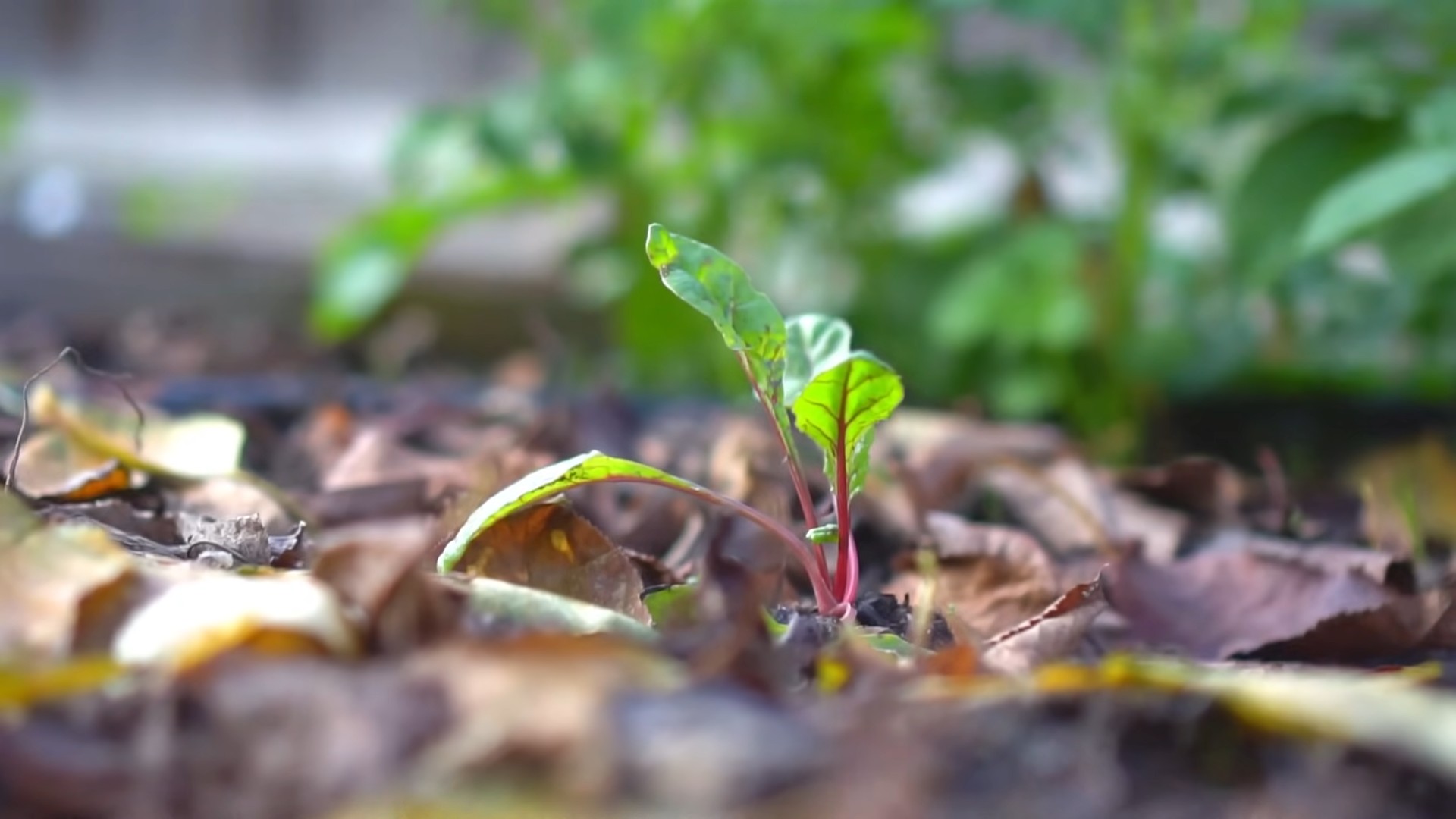
Conclusion
So, there you have it! Growing Swiss chard at home, even if you’re a complete beginner, is not only achievable but also incredibly rewarding. We’ve walked you through the entire process, from selecting the right seeds to harvesting your vibrant, nutritious leaves. But why should you bother with this DIY project when you can simply buy Swiss chard at the grocery store? The answer lies in the unparalleled freshness, flavor, and satisfaction that comes from nurturing your own food.
Think about it: store-bought Swiss chard often travels long distances, losing its crispness and some of its vital nutrients along the way. When you grow your own, you can harvest it just moments before you need it, ensuring peak flavor and maximum nutritional value. Plus, you have complete control over the growing environment, avoiding harmful pesticides and herbicides.
Beyond the practical benefits, growing Swiss chard is a deeply fulfilling experience. Watching those tiny seeds sprout and transform into lush, colorful plants is a testament to the power of nature and your own green thumb. It’s a chance to connect with the earth, reduce your carbon footprint, and enjoy the simple pleasures of gardening.
And the best part? There’s so much room for experimentation! Try different varieties of Swiss chard, like the vibrant ‘Bright Lights’ mix with its rainbow of stems, or the classic ‘Lucullus’ for its tender, mild flavor. You can also experiment with companion planting, pairing your Swiss chard with herbs like basil or rosemary to deter pests and enhance its flavor. Consider succession planting, sowing new seeds every few weeks to ensure a continuous harvest throughout the growing season.
Don’t be afraid to get creative with your harvest, too. Swiss chard is incredibly versatile in the kitchen. Sauté it with garlic and olive oil for a simple side dish, add it to soups and stews for extra nutrients, or use it as a substitute for spinach in your favorite recipes. You can even use the stems in stir-fries or pickles!
We truly believe that growing Swiss chard is a must-try for any home gardener, regardless of experience level. It’s a relatively low-maintenance crop that offers a high yield of delicious, nutritious greens. So, grab some seeds, find a sunny spot in your garden, and get ready to embark on a rewarding journey.
We’re confident that you’ll be amazed by the results. And once you’ve tasted the difference between homegrown and store-bought Swiss chard, you’ll never go back!
Now, we want to hear from you! Have you tried growing Swiss chard before? What are your favorite tips and tricks? Share your experiences in the comments below. We’re always eager to learn from our readers and build a community of passionate gardeners. And if you’re new to growing Swiss chard, don’t hesitate to ask questions. We’re here to help you every step of the way. Happy gardening!
Frequently Asked Questions (FAQ)
What are the best conditions for growing Swiss chard?
Swiss chard thrives in full sun to partial shade. Ideally, it needs at least 6 hours of sunlight per day, but it can tolerate some shade, especially in hotter climates. The soil should be well-draining and rich in organic matter. A slightly acidic to neutral pH (6.0 to 7.0) is ideal. Before planting, amend the soil with compost or well-rotted manure to improve its fertility and drainage. Consistent moisture is also crucial, so water regularly, especially during dry spells.
How often should I water my Swiss chard plants?
Water your Swiss chard plants deeply and regularly, especially during hot, dry weather. Aim to keep the soil consistently moist but not waterlogged. A good rule of thumb is to water when the top inch of soil feels dry to the touch. Mulching around the plants can help retain moisture and suppress weeds. Avoid overhead watering, as this can lead to fungal diseases. Instead, water at the base of the plants.
What are some common pests and diseases that affect Swiss chard?
Swiss chard is generally a hardy plant, but it can be susceptible to certain pests and diseases. Common pests include aphids, flea beetles, and leaf miners. Aphids can be controlled with insecticidal soap or a strong blast of water from a hose. Flea beetles can be deterred with row covers or diatomaceous earth. Leaf miners can be removed by hand or controlled with neem oil. Common diseases include fungal leaf spots and downy mildew. These can be prevented by ensuring good air circulation, avoiding overhead watering, and using disease-resistant varieties. If diseases do occur, treat them with a fungicide.
When is the best time to harvest Swiss chard?
You can start harvesting Swiss chard leaves as soon as they are large enough to eat, typically when they are about 6-8 inches long. Harvest the outer leaves first, leaving the inner leaves to continue growing. This cut-and-come-again method allows you to harvest Swiss chard continuously throughout the growing season. Avoid harvesting more than one-third of the plant at a time to ensure it continues to produce.
Can I grow Swiss chard in containers?
Yes, Swiss chard grows well in containers. Choose a container that is at least 12 inches deep and wide to allow enough room for the roots to grow. Use a high-quality potting mix and ensure the container has good drainage. Water regularly and fertilize every few weeks with a balanced fertilizer. Container-grown Swiss chard may need more frequent watering than plants grown in the ground.
How do I store harvested Swiss chard?
To store harvested Swiss chard, wash the leaves thoroughly and pat them dry. Wrap them loosely in a paper towel and store them in a plastic bag in the refrigerator. Swiss chard can be stored for up to a week in the refrigerator. You can also freeze Swiss chard for longer storage. To freeze, blanch the leaves in boiling water for 2 minutes, then plunge them into ice water to stop the cooking process. Drain the leaves and squeeze out any excess water. Pack them into freezer bags or containers and freeze for up to 12 months.
Can I eat the stems of Swiss chard?
Yes, the stems of Swiss chard are edible and delicious. They have a slightly different texture and flavor than the leaves, but they are equally nutritious. You can cook the stems separately from the leaves, as they take longer to cook. Try sautéing them with garlic and olive oil, adding them to soups and stews, or using them in stir-fries.
Is Swiss chard good for you?
Absolutely! Swiss chard is packed with vitamins, minerals, and antioxidants. It’s an excellent source of vitamins A, C, and K, as well as magnesium, potassium, and iron. It’s also a good source of dietary fiber. Swiss chard has been linked to numerous health benefits, including improved heart health, bone health, and immune function.
What are some creative ways to use Swiss chard in cooking?
Swiss chard is incredibly versatile in the kitchen. You can use it in a variety of dishes, from simple side dishes to more complex meals. Try sautéing it with garlic and olive oil, adding it to soups and stews, using it as a substitute for spinach in your favorite recipes, or incorporating it into frittatas and quiches. You can also use the leaves as wraps for fillings like rice, beans, or meat. Get creative and experiment with different flavors and textures to find your favorite ways to enjoy Swiss chard.
How can I encourage my children to eat Swiss chard?
Getting children to eat their vegetables can be a challenge, but there are several ways to make Swiss chard more appealing. Try adding it to dishes that they already enjoy, such as pasta sauces, smoothies, or quesadillas. You can also make it more visually appealing by using colorful varieties like ‘Bright Lights’. Involve your children in the growing and harvesting process to get them excited about eating their own homegrown vegetables. And remember, persistence is key! Keep offering Swiss chard in different ways, and eventually, they may develop a taste for it.

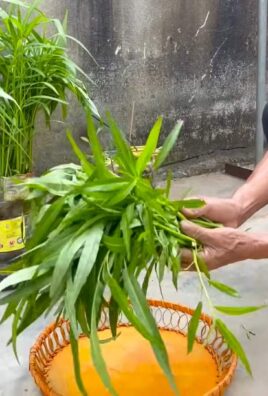
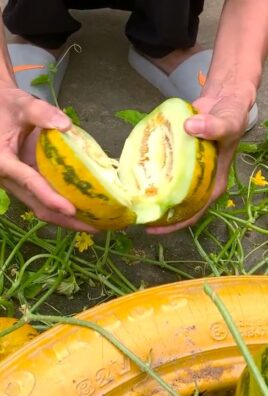
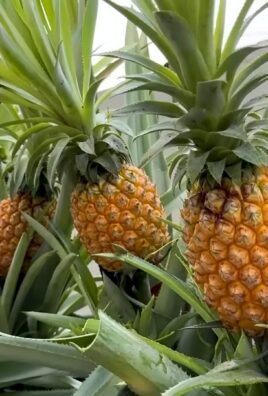
Leave a Comment